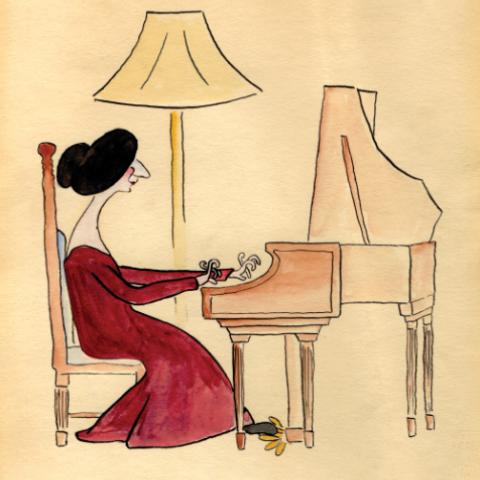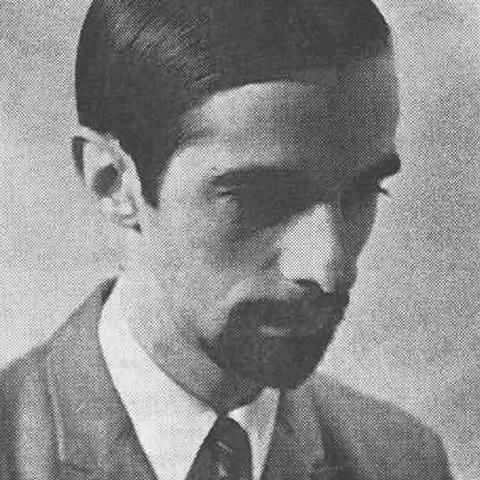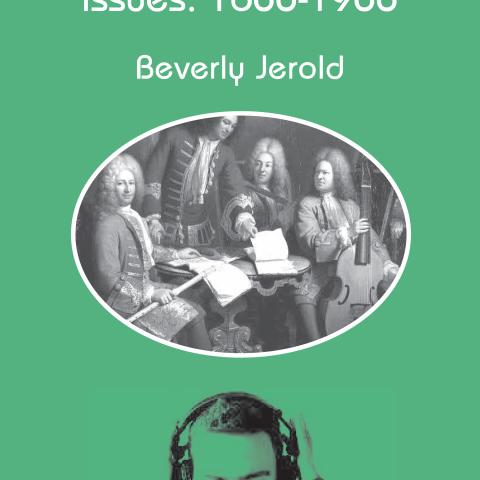
On December 1, 1909, Siegfried Emanuel Gruenstein published the first issue of The Diapason in Chicago, Illinois. That seminal publication totaled eight pages, but it was the historic start to one of the world’s oldest continually published journals about the organ and church music, along with interests in harpsichord and carillon, as well.
This is the eleventh issue of the 113th volume of the journal. The staff of The Diapason is thrilled to announce that the major task of digitizing more than 1,350 issues in PDF format is now complete and available to subscribers at the website. The project has taken a number of years to complete. Several readers provided missing issues that assisted to fill in gaps. Each PDF document has a searchable feature.
To access the magazine archive of the website, subscribers will need to log in with the email address on record with their subscription. (For questions regarding the email address on a subscription account, contact the subscription service at 877/501-7540. Please note that the editorial staff does not have access to subscriber records.) Clicking on “Magazine” at the upper left of the red bar at the top of the home page will access the archive. The next page will bring up the twelve most recent issues for quick reference. To navigate to older issues, in the “Year” box at the upper left, type in the year one wishes to see and click “Apply.” The issues of the chosen year will then load. Simply click on the month desired, and on the following page, click on “View PDF Edition.”
Current subscribers now have access to what is surely one of the most important digital libraries available about the organ, church music, harpsichord, and carillon. It is our pleasure to present this to you, and we know you will find this collection of The Diapason to be truly a treasure—and now easier to access than ever before. Share the news!






